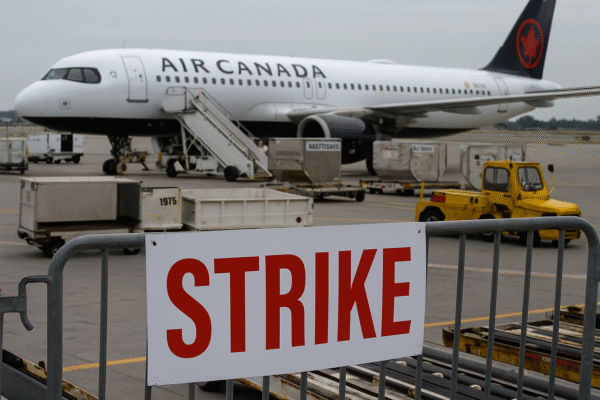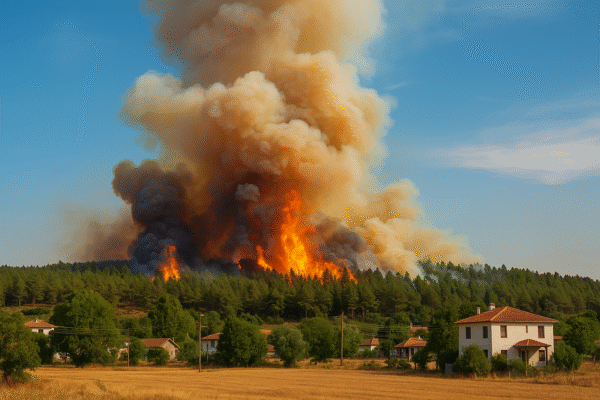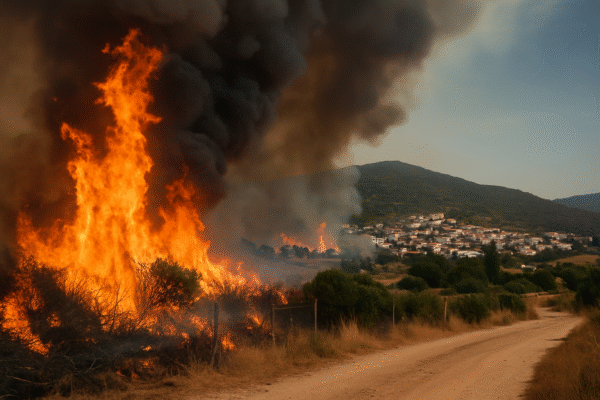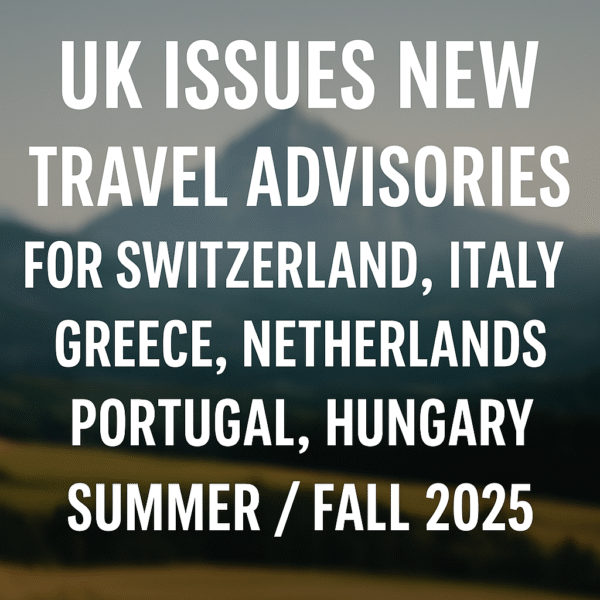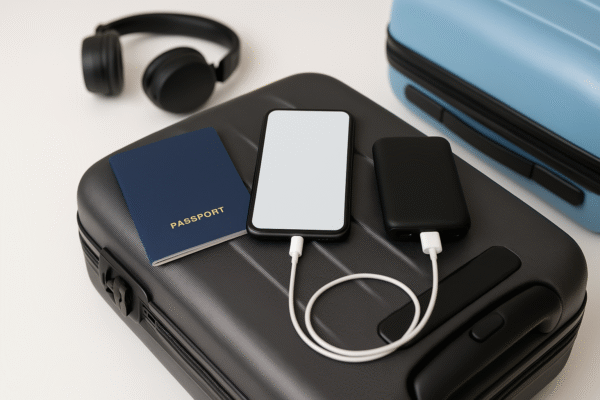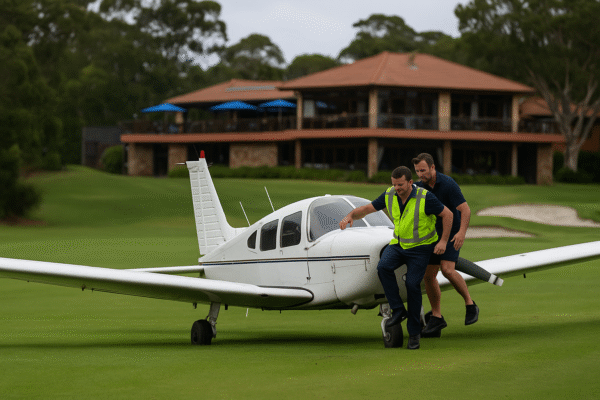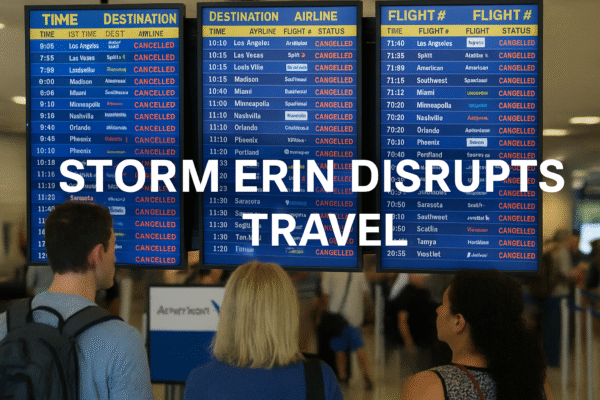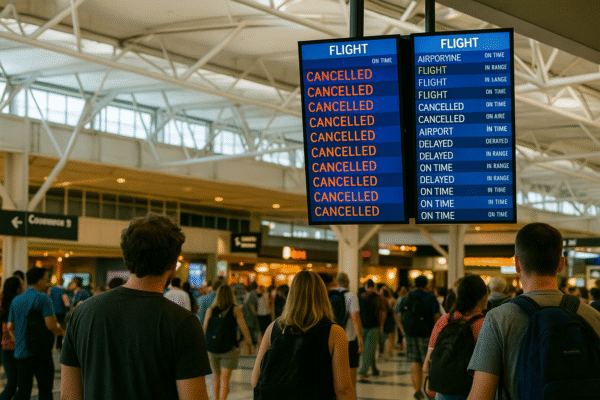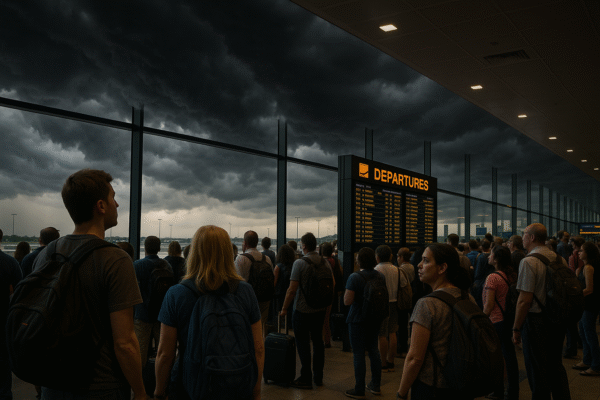As millions gear up for July Fourth festivities, weather threats are emerging that could turn holiday plans into logistical nightmares. Florida has now joined a growing list of states—including Texas, New York, Minnesota, Wisconsin, Michigan, Massachusetts, and California—bracing for severe thunderstorms during one of the busiest U.S. travel periods of the year.
From beach barbecues in the Southeast to lakefront parades in the Midwest and fireworks shows on both coasts, the 2025 Independence Day travel rush is increasingly at the mercy of Mother Nature’s fury.
A Perfect Storm Brewing Over America’s Holiday Highways
The National Weather Service (NWS) and meteorologists across the country are sounding alarms as multiple storm systems converge, with Florida newly under threat. The Sunshine State faces scattered but intense afternoon thunderstorms, while the Upper Midwest and Great Lakes brace for larger systems capable of producing damaging hail, flash floods, and dangerous winds.
Storms are expected to strike across vast corridors—stretching from the eastern Dakotas through northern Minnesota and Wisconsin into Michigan—putting a major portion of the U.S. holiday travel network at risk.
Florida’s Fireworks May Fizzle in the Rain
The Florida Peninsula, typically a magnet for holiday travelers seeking sun-soaked beaches, is in the crosshairs of sporadic but intense thunderstorm activity. Afternoon showers are forecast to escalate into potentially hazardous conditions with lightning, strong winds, and flash flooding that could dampen evening fireworks displays.
Tourists planning to gather on the sands in Miami, Tampa, or Fort Lauderdale for Independence Day celebrations should stay weather-aware. Local authorities urge travelers to monitor real-time updates and be prepared for last-minute cancellations or rescheduling.
Northeast Sees a Reprieve—But With Caveats
While much of the country contends with wet weather, the Northeast is poised for a rare slice of dry, comfortable air. Cities such as New York and Boston may enjoy relatively clear skies, making them top destinations for uninterrupted holiday events.
However, forecasters caution that lingering moisture in northern New England could still spark isolated showers. For many along the I-95 corridor, conditions remain ideal for outdoor gatherings—but only with an umbrella close at hand.
Midwest Braces for Nature’s Fury
The most volatile conditions this July Fourth are expected across the Upper Midwest and Great Lakes region. Meteorologists warn that severe thunderstorms—fueled by a cool front sweeping in from Canada—will bring high winds, large hail, and heavy rainfall to Minnesota, Wisconsin, northern Michigan, and parts of Iowa.
With outdoor events planned in nearly every community, local governments and emergency services are on alert. Flash floods and falling tree limbs could pose serious threats to safety and infrastructure, particularly along major interstates and in rural areas with limited drainage.
Southwest Monsoon Adds to National Weather Strain
Adding another layer of complexity to the July Fourth travel forecast, the North American Monsoon is beginning to awaken in the Southwest. Arizona, New Mexico, and parts of Southern California are seeing surges of tropical moisture that may trigger dangerous thunderstorms, especially in desert and canyon areas.
These storms are notorious for their speed and intensity, capable of turning dry riverbeds into deadly torrents within minutes. Travelers in national parks, such as the Grand Canyon and Zion, should be extra cautious and heed all flash flood warnings.
Airports Nationwide Struggle with Delays
Airports across the U.S. are already experiencing ripple effects from the storm systems. On July 1, over 1,600 flights were canceled due to weather-related disruptions. With more turbulent skies ahead, passengers flying through hubs like Miami International (MIA), Minneapolis-St. Paul (MSP), and Chicago O’Hare (ORD) should prepare for significant delays.
Airline carriers are urging passengers to check their flight status frequently and consider rebooking to avoid peak travel hours. Storms not only affect takeoffs and landings but can force entire reroutes to dodge lightning and turbulence.
Coastal Celebrations Threatened
Coastal cities, typically focal points for grand fireworks displays, are also facing setbacks. From the beaches of Florida to the cliffs of Malibu, cloudy conditions and light winds could create visibility challenges or trap smoke over crowds.
Some municipalities have begun announcing contingency plans, including rescheduled fireworks shows or enhanced safety protocols. Tourism-dependent businesses—from beachfront hotels to fireworks vendors—are watching weather updates with growing concern.
Travel Industry Faces Economic Blow
The travel and tourism industry stands to take a significant hit. Hotels, car rental agencies, theme parks, and small businesses that rely on holiday traffic are already experiencing booking volatility due to the uncertain forecast.
Revenue losses could be particularly severe in regions hit by the worst weather, including Florida and the Midwest. Meanwhile, local governments are ramping up emergency preparedness and issuing travel advisories to reduce public risk.
Tips for Travelers Facing Unpredictable Weather
Travel experts advise caution and flexibility this holiday season:
- Monitor weather apps and flight alerts regularly.
- Travel with emergency essentials—water, snacks, backup chargers.
- Avoid low-lying roads prone to flooding.
- Consider trip insurance and flexible booking options.
- Postpone non-essential travel in high-risk areas.
A Holiday of Resilience
Despite the forecasts, millions of Americans are pressing on with Independence Day plans—proof of a resilient travel culture. Whether under fireworks or flashes of lightning, the 2025 Fourth of July will undoubtedly be one to remember.
Stay safe, stay informed, and keep your travel plans flexible—because while weather may change, the spirit of celebration endures.
Stay alert, follow Global Travel Wire.
Disclaimer: This image is AI generated and may bear no resemblance with actual fact or images.




